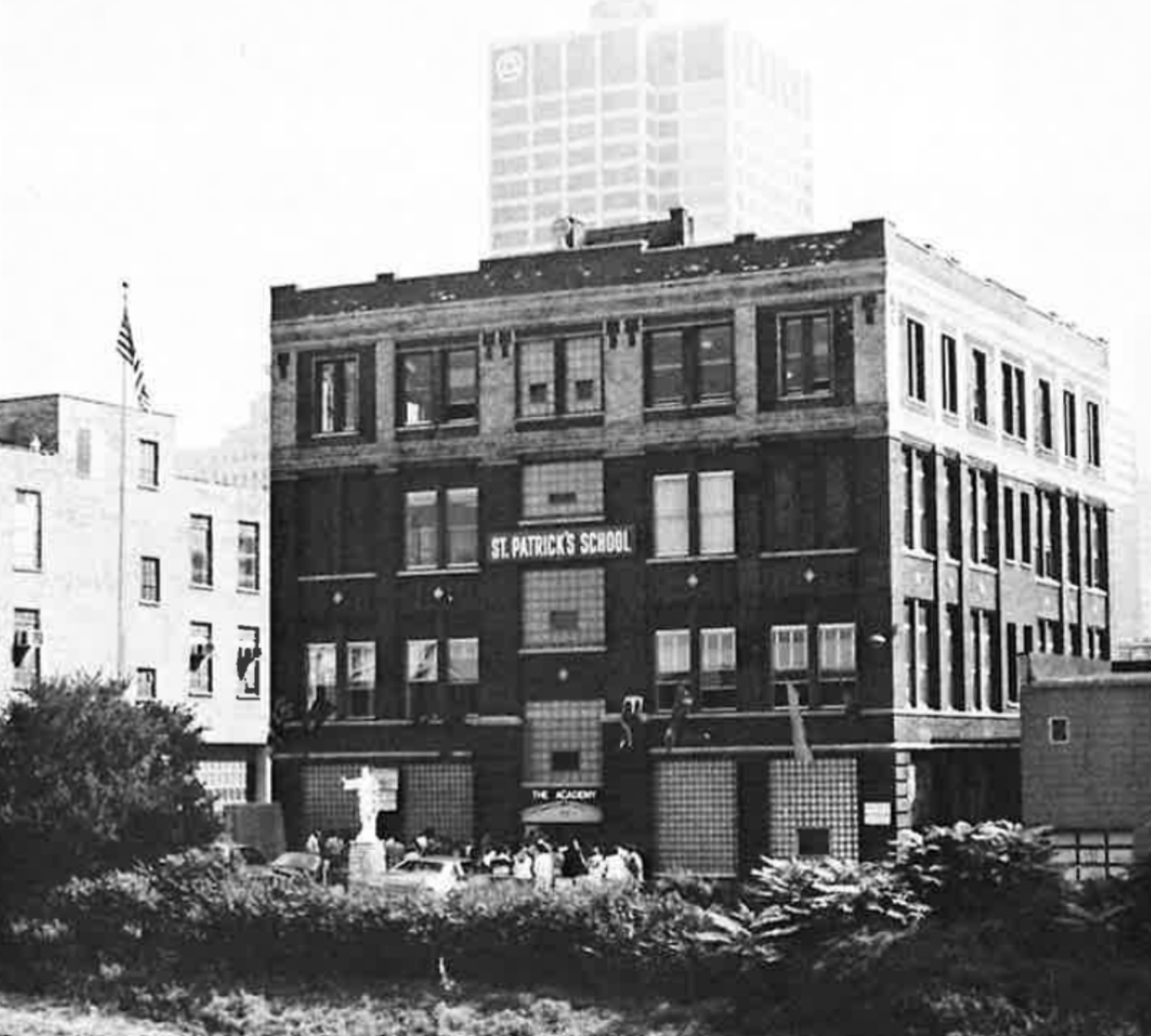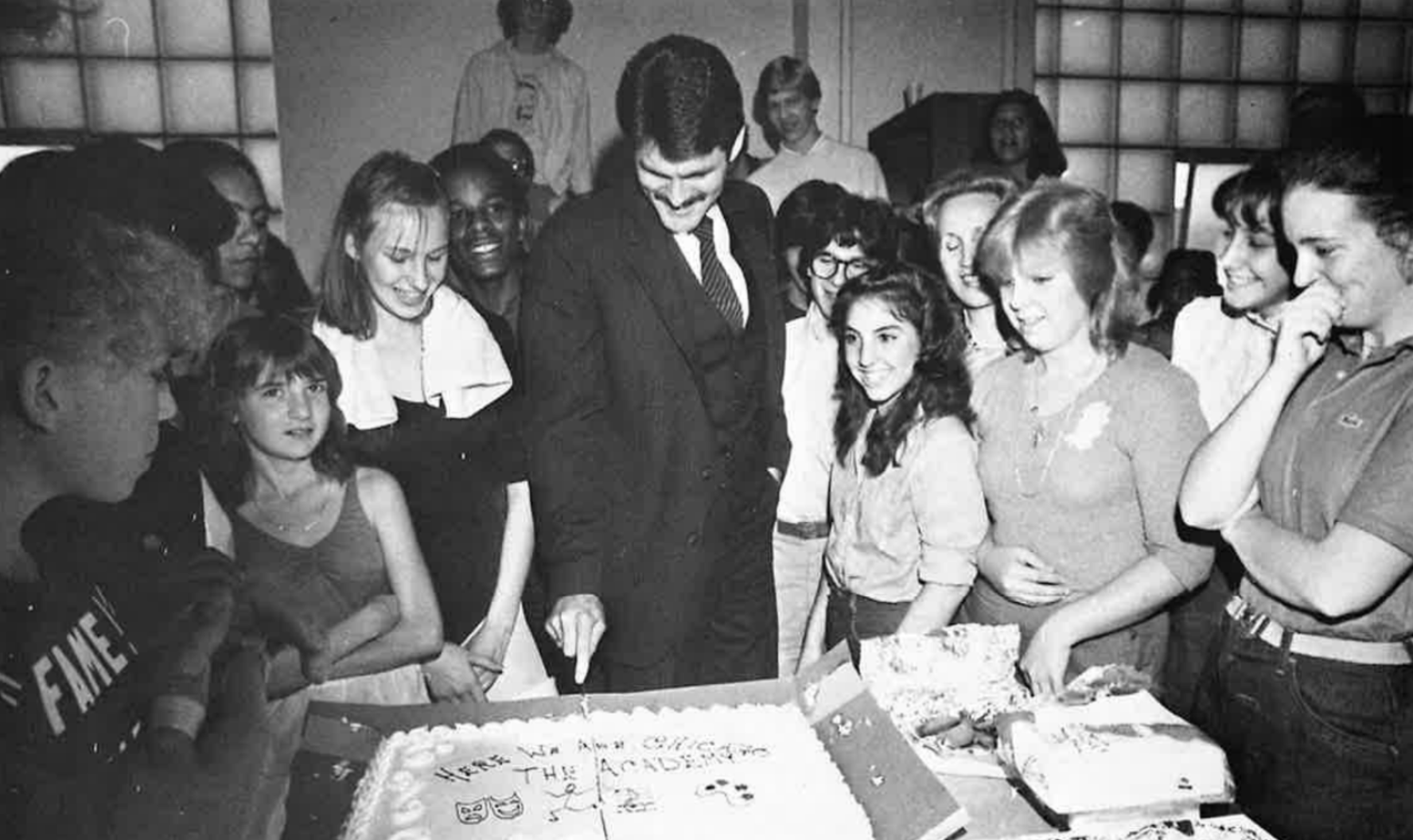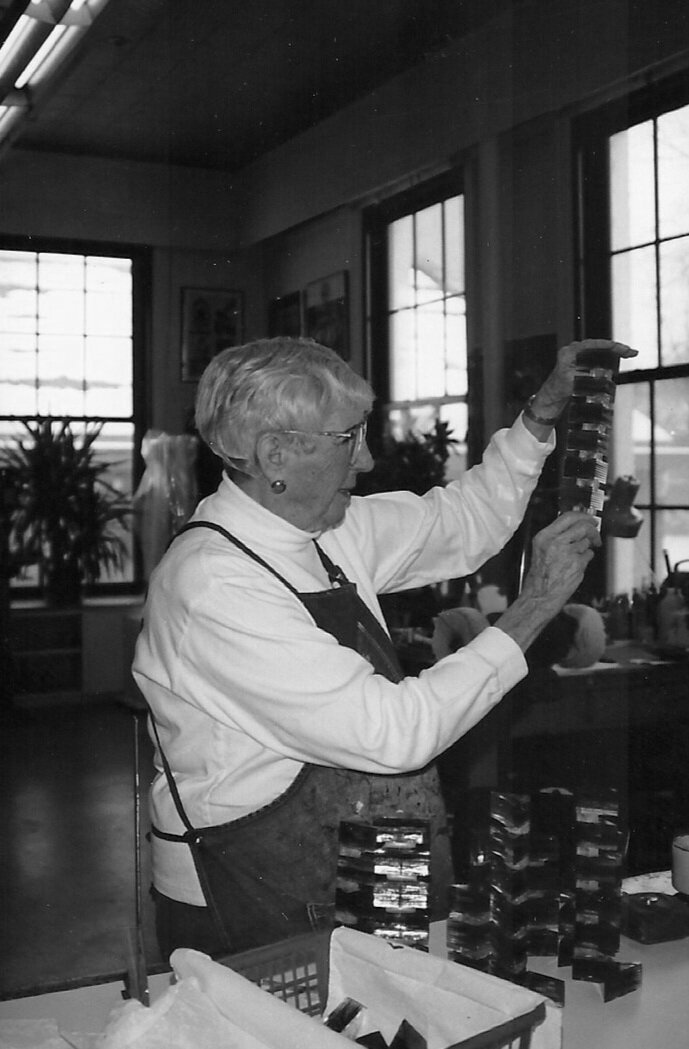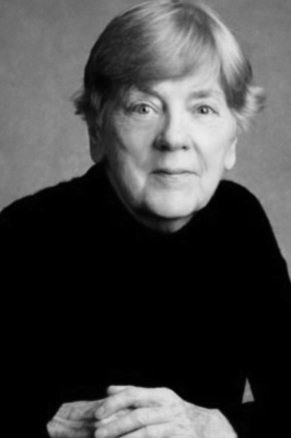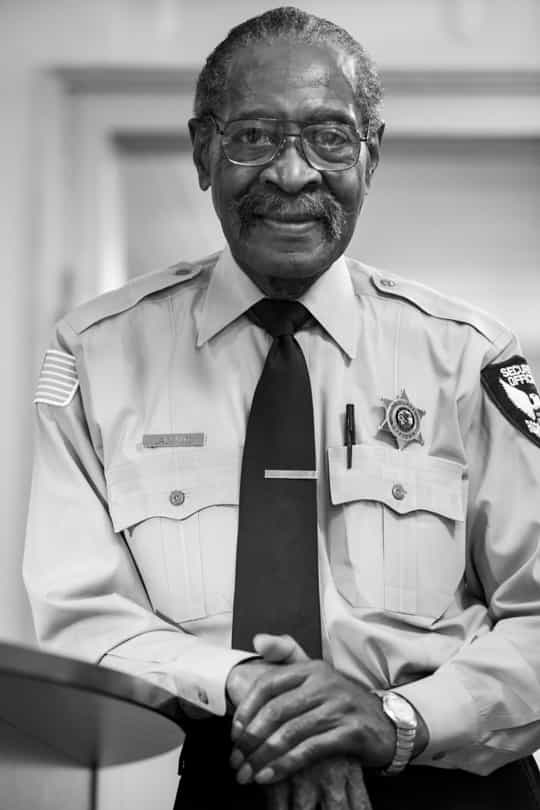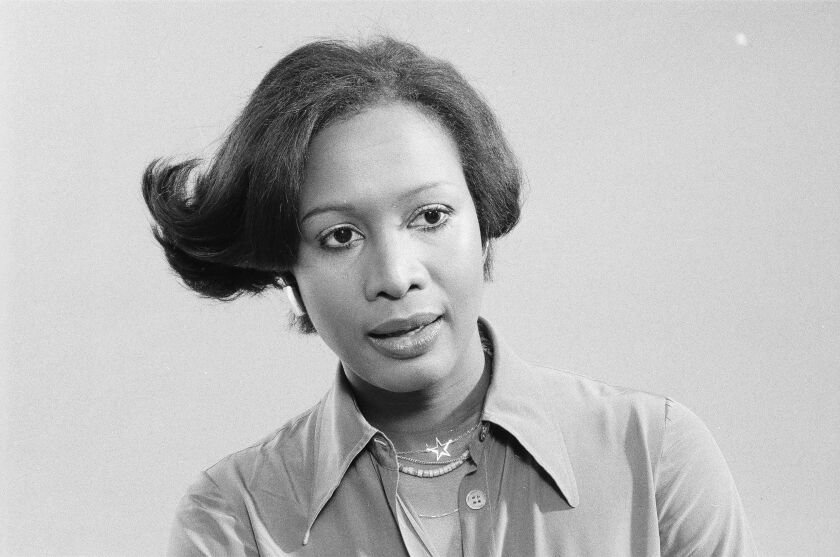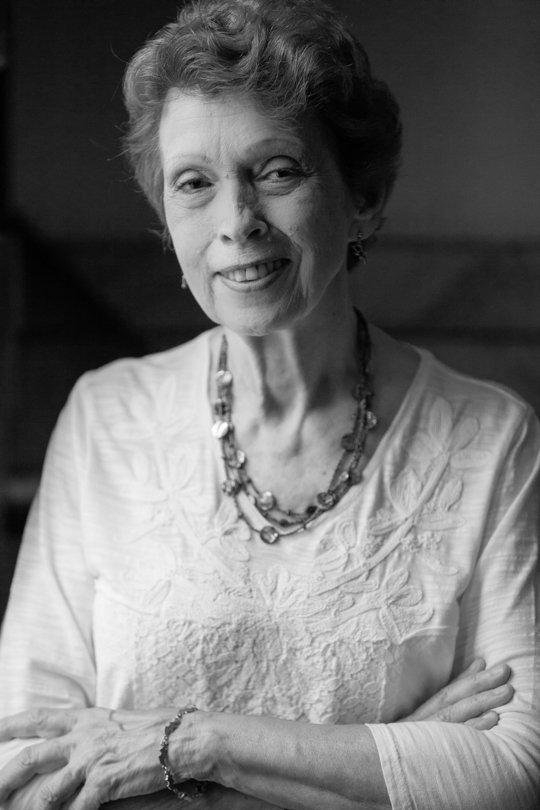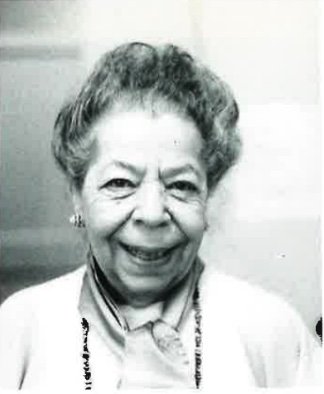Our Story
In the late 1970s, Larry Jordan, a young art and dance teacher in the Chicago Public School system, watched as city arts programs lost their funding due to budget cuts and program changes.
The original Academy building, located at 718 West Adams Street.
As a lifelong believer in the arts, Larry wondered why Chicago did not have a school for young artists. After submitting a proposal to his school’s administration, the board unanimously accepted the proposal, but turned down the request based on finances.
In 1980, Larry sold his car and invested the next few years into starting a performing and visual arts high school. With the support of prominent Chicago figures – such as Joyce Sloane, Essee Kupcinet, Dori Wilson, and Zelda Werner – Larry and the first board of trustees began the initial plans for an independent arts high school. With the school year approaching, they auditioned hundreds of students in the original building on Adams Street near downtown.
Chicago Academy for the Arts ribbon-cutting in 1981.
In September of 1981, the school opened its doors to 59 eager young artists, who would go on to create the culture that The Academy is still known for to this day. On that first day, the sign on the school door read: THE ACADEMY: ART, MUSIC, DANCE, THEATRE.
Larry Jordan and Frank Mustari were named The Academy’s first headmaster and principal, respectively. The original artistic faculty included working visual artists, musicians, dancers, and actors, while the academic faculty included social studies, math, language, and science teachers. The Academy was born on the principle of artists teaching artists, supported by artists.
Alum Adam Bitterman, from the school’s first graduating class, recalls what it was like walking into The Academy’s doors for the first time:
“Walking into The Academy felt warm, welcoming, and fun; it felt new while at the same time, familiar. It felt like I was "home." I felt grateful, fortunate, professional, eager, excited, valued, and respected. Among the students and faculty, there was a real feeling and awareness that we were all on the forefront of something groundbreaking and untested…”
Larry Jordan with Academy students on the first day of school, 1981.
In 1990, the school moved to its current home on Chicago Avenue and became The Chicago Academy for the Arts. The new building offered larger facilities, better classrooms, and more accessible transportation. The faculty and staff transformed empty hallways into black boxes, stages, and rehearsal space. What were once parish classrooms became recording studios and sculpture rooms.
Frank Mustari, first principal and lifelong friend of The Academy.
After nearly ten years with the new name, school leadership decided to adopt a co-curricular model, which became the foundation for our unique approach to arts and academic integration. In this model, arts and academics are equally important. In the morning, students are immersed in humanities, science, math, language, and history, and then transition to one of six arts departments in the afternoon.
In 2011, The Academy celebrated its 30th anniversary. During this year, the school revised its mission statement to more clearly reflect the development of its educational philosophy. The new mission statement reads:
The Chicago Academy for the Arts transforms emerging artists through a curriculum and culture which connect intellectual curiosity, critical thinking, and creativity to impart skills to lead and collaborate across diverse communities.
In 2021, the school celebrated its 40th anniversary with a gala honoring the many hundreds of young artists, inspired teachers, tireless staff, and relentless advocates who have made this community “home” since 1981.
Since its inception, The Academy has believed that if a student belongs here, there should be no barrier to their admittance. Fundraising to support tuition assistance remains, even today, one of the most fundamental functions of the school. Because of that idea, the school has been supported by generous donors for over 40 years now.
A special thank you to The Academy’s first Board of Trustees:
Richard Melman
Monte Newman
Hedy Ratner
Morton Ries
Dr. Edward Robinson
Edward Rosewell
John Sevcik
Joyce Sloane
Philip Teinowitz
Zelda Werner
Dori Wilson
Larry Jordan, Founder and Director
Larry Clark, Chairman
Essee Kupcinet, Vice Chairman
Dr. William Gaines, Secretary
Donald Brenner, Treasurer
Ben Borenstein
Beverly Crown
Richard D’Agostino
Taryn Edwards
Stanley Hilton
Michael Kutza
Linda Leemaster

